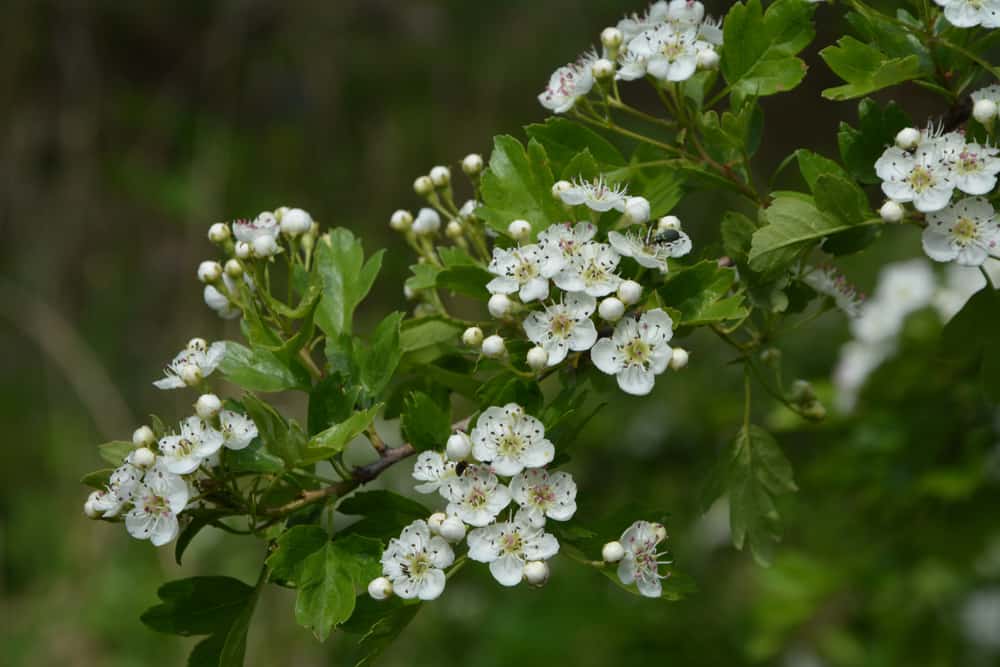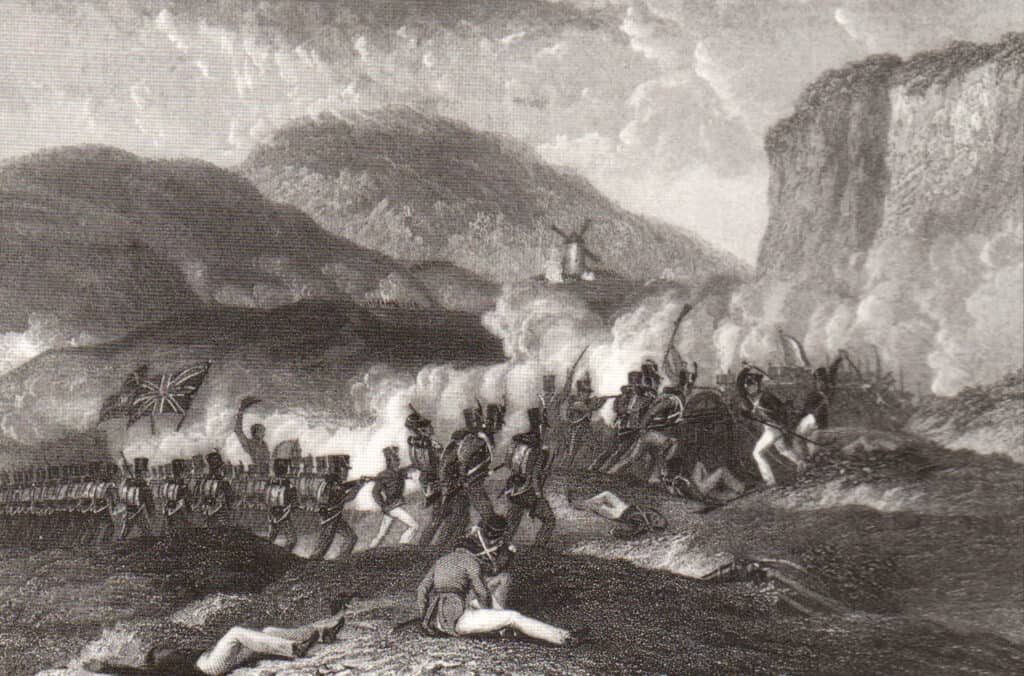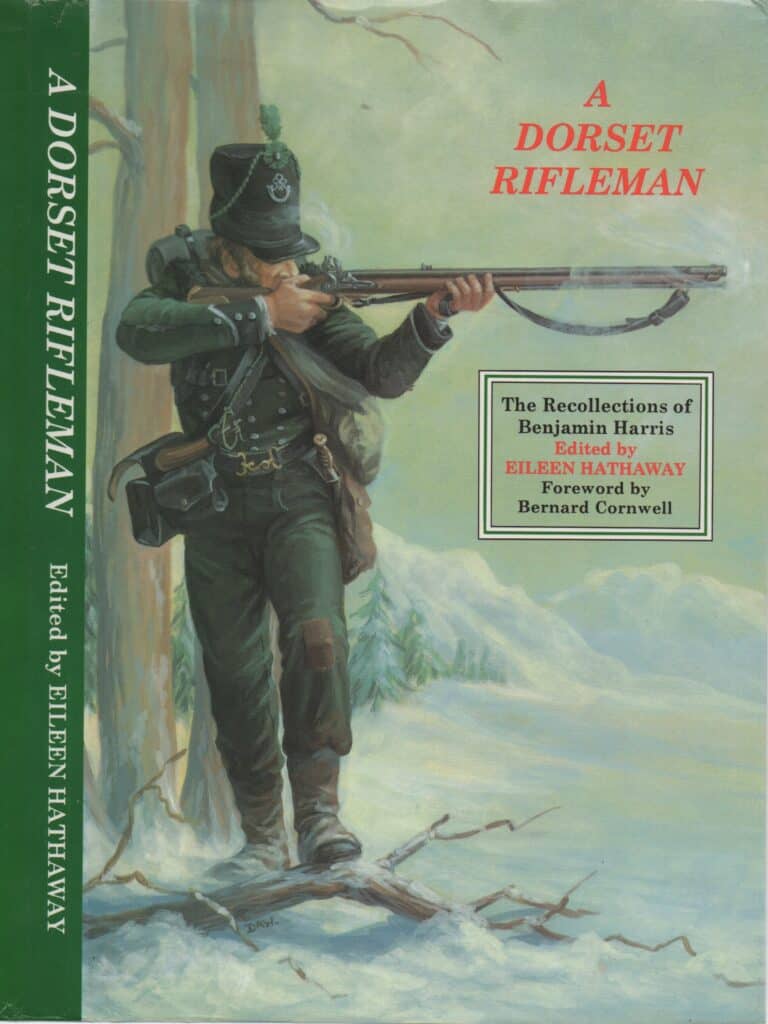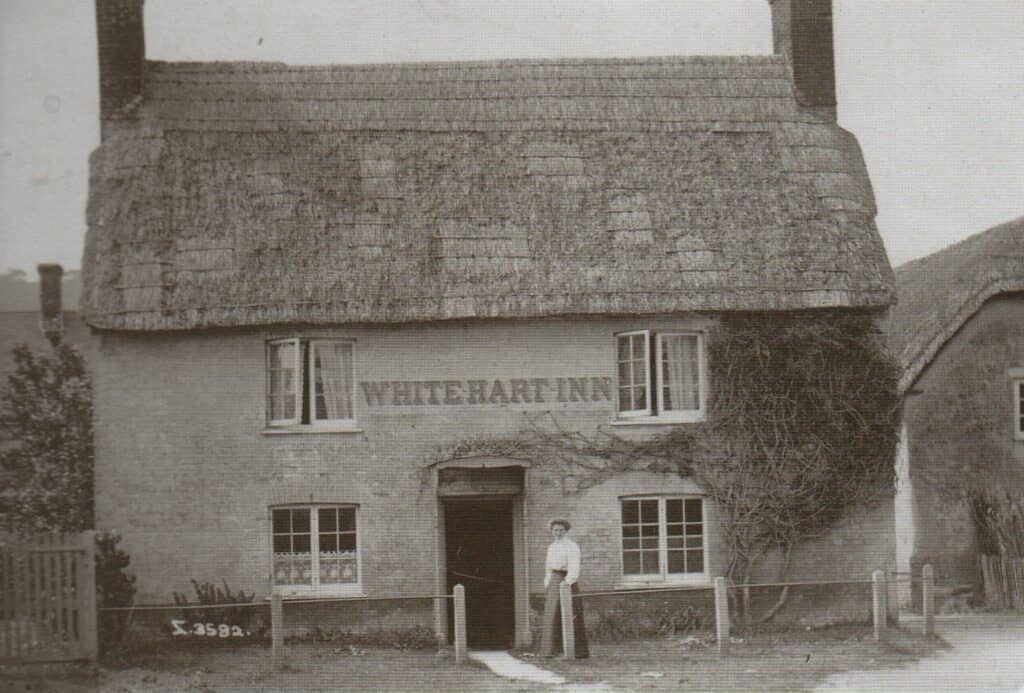The Johnny Depp and Amanda Heard trial has sparked an interest amongst most. The case is centred around the ever-growing law of defamation, explains expert Wingwai Tam of Blanchards Bailey.

With increased social media usage and the ease of posting statements/comments about other people and businesses publicly, we are seeing an increased level of defamation claims. How do you know if you have crossed the line between harmless banter and a statement damaging one’s reputation and character?
What is Defamation?
The Defamation Act 2013 protects people and businesses from injury caused by words spoken or written by another. The statement made, needs to be damaging to your reputation/ lowers your integrity to others, be largely untrue and misleading.
How much is my claim worth?
Depp has claimed $50 million for the defamatory statement and Heard has Counterclaimed $100 million.
The value of your claim will largely depend on the seriousness of the statement. For example, Heard wrote an article in the Washington Post alleging she was the subject of domestic abuse. The Washington Post is a worldwide news outlet which has the potential to cause much greater damage than one that is published to a smaller group of people.
Your claim will also depend on the person’s livelihood the statement has affected. Heard and Depp are public figures in which Depp’s professional reputation has been seriously affected. The court in this
scenario will most likely look to the value of the work lost by him (such as the latest Pirates of the Caribbean film) amongst a whole host of other aspects of his career and personal life the statement has affected. It will then be for the person that made the statement to prove what they said is true. Currently, Heard is presenting to the court her evidence of the alleged domestic abuse suffered and evidence to show Depp’s explosive behaviour.
Evidence both sides have shown are photos of injuries, witness evidence from people that have an insight into their relationship such as friends, family and bodyguards and their own personal evidence. It will then be for the court to assess the evidence presented and whether the damage correlates with the monetary
sum suffered.
The aim of the compensatory damages is to restore you to the position you would be in if you had not been defamed.
What if I/my business suffer?
Your first point of call should be to contact the person who made the untrue statement to ask them to retract it.
Remedies include involving the court to issue an injunction order to stop the person making the statement from making any further statement, and compensatory damages.
Other remedies can also include removal of the statement from publication, withdrawal of statement, written public apology and/or amending the statement.
Can Blanchards Bailey help? If you’re looking for help or advice, please get in touch on 01258 483609 and speak to Wingwai Tam about the facts surrounding your potential claim.

















